Gault Microfossils
Phylum: SARCODINA
Order: FORAMINIFERIDA Eichwald, 1830
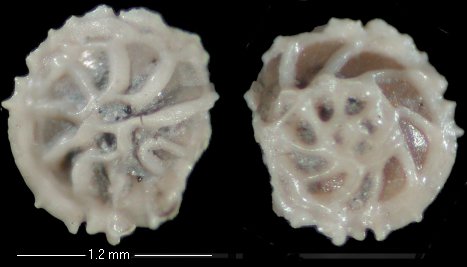
Epistomena spinulifera (Reuss) - Bed V (Eu. lautus Zone)
The Foraminiferida are an order of small single-celled animals belonging to the phylum Protozoa that live either on the sea floor or amongst the marine plankton. The soft tissue of the foraminiferid cell is largely enclosed within a shell (test) variously composed of secreted organic matter (tectin), secreted minerals (calcite, aragonite or silica) or of agglutinated particles. The test consists of a single chamber or several chambers mostly less than 1mm across and each interconnected by an opening (foramen).
The Gault foraminifera were studied extensively by Frederic Chapman and monographed in a series of papers by him, entitled The Foraminifera of the Gault of Folkestone, published in the Journal of the Royal Microscopical Society between 1891 and 1898. While this is now out of date and in need of revision it remains the most relevant monograph on the English Gault foraminifera and a sound basis for further research. Further important work, including the establishment of Zonal Schemes for the English Gault based on foraminifera, has been published by M. H. Khan (1950; 1952) and M.B. Hart (1972). Further work by overseas workers, while not directly relevant to the English Gault, is invaluable in the taxonomic revision of Chapman's faunas.
Forams are among the most plentiful, diverse and beautiful fossils in the Gault Clay and easily collected by sampling the clay at almost any level, thoroughly drying this, then soaking in water, washing through a fine mesh (100mu or above) and sorting the dried residue under a low-power binocular microscope or hand lens. The specimens illustrated in these pages were selected from bulk-samples taken at various levels in the Middle and Late Albian at Folkestone. Images have been produced using a Nikon 990 CookPix digital camera attached to a Meiji trinocular microscope and processed using PaintshopPro Version 5.
I am grateful to Steve Tracey (Greenwich University) for providing an updated systematic list for many of the Folkestone foraminiferida, which I have used whenever possible in preparing these pages. Notwithstanding this, it is certain that some of my identifications are inaccurate and/or out of date (all errors are my own) and as and when it becomes possible these will be amended.
Click on Image or Name for more detail
TEXTULARIINA; TROCHAMMINACEA
VERNEUILINIDAE
TEXTULARIINA; LITUOLACEA
HAPLOPHRAGMOIDIDAE
HORMOSINIDAE
TEXTULARIINA; ATAXOPHRAGMIACEA
DOROTHIIDAE
GLOBOTEXTULARIIDAE
TEXTULARIINA; AMMODISCISCACEA
AMMODISCIDAE
LAGENINA; NODOSARIACEA
NODOSARIIDAE
VAGINULINIDAE
POLYMORPHINIDAE
GLANDULINIDAE
ROBERTINACEA Reuss, 1850; EPISTOMINIDAE
ROTALIINA; CHILOSTOMECCACEA
GAVELLINELLIDAE
UNIDENTIFIED SPECIMENS

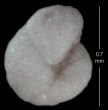


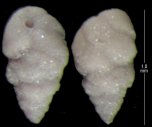
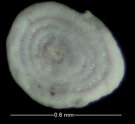

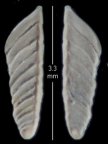
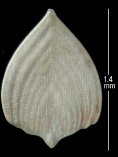

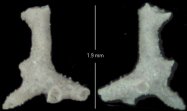
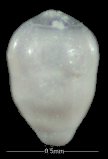


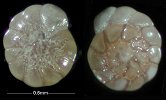
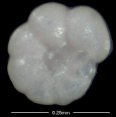


.jpg)
